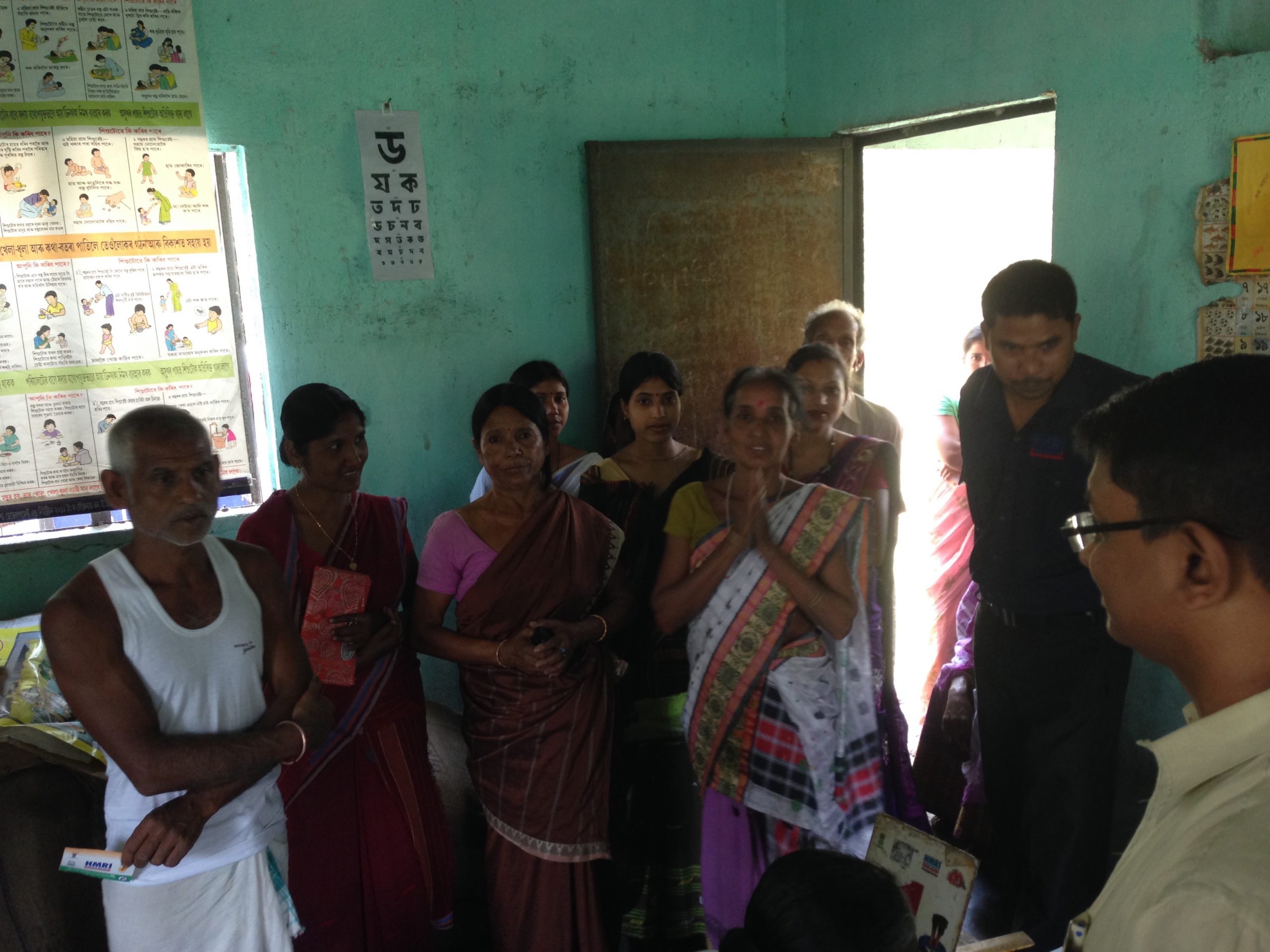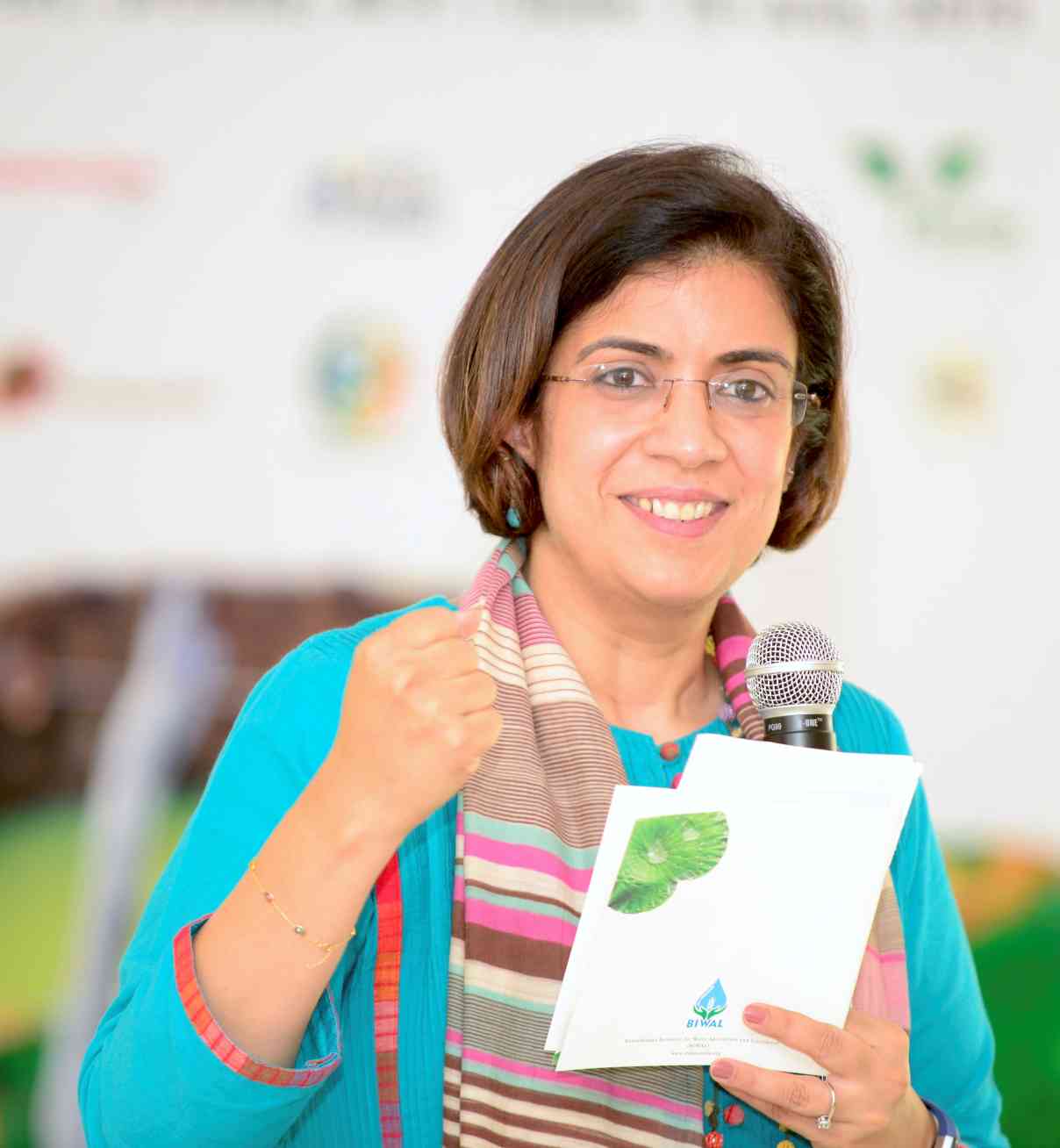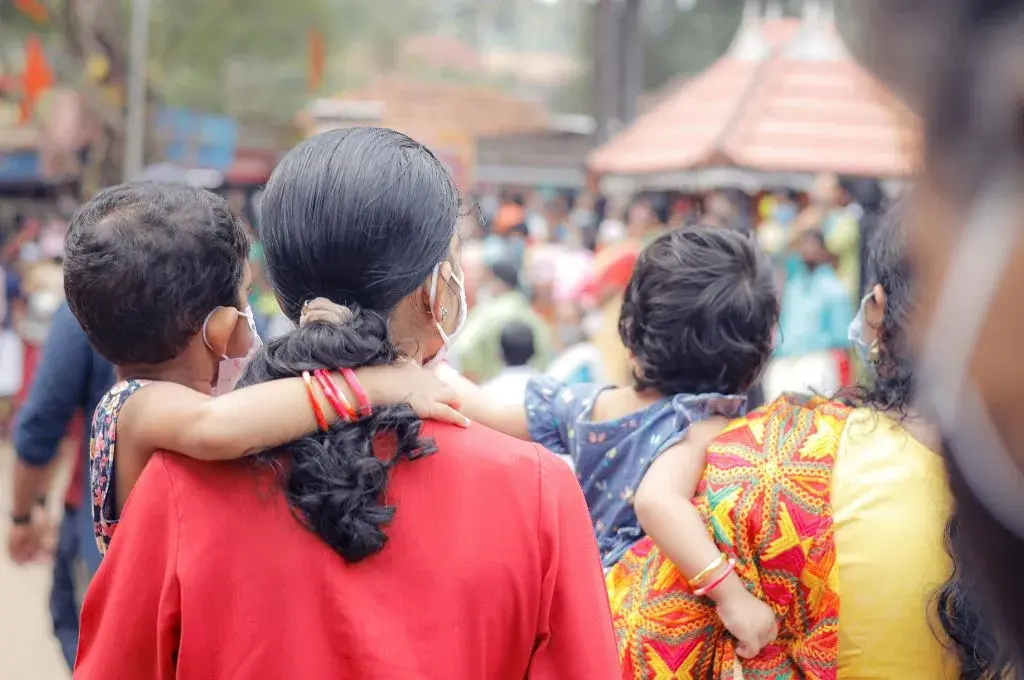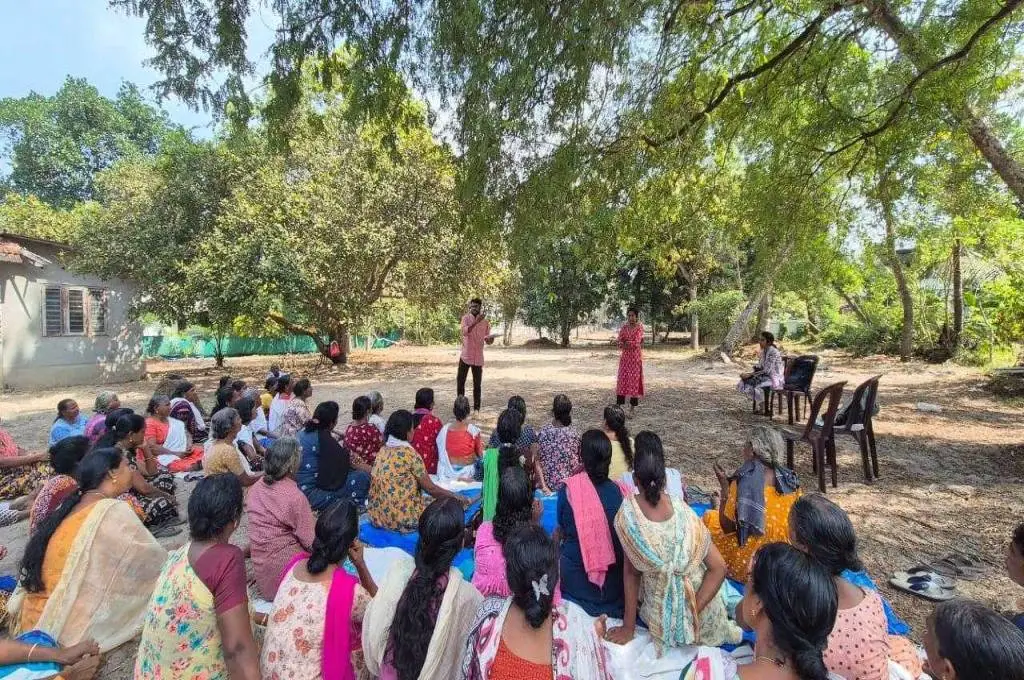India reports 2.8 million cases of Tuberculosis (TB) every year and has the highest number of multi-drug resistant cases. It isn’t surprising that the focus of our overburdened public healthcare system has been on detecting cases and ensuring that patients complete treatment. However, the human aspect of the disease often gets overlooked.
We spoke to survivors who are critical but neglected stakeholders in TB programmes. They understand what would make patient experiences less traumatic, what can be improved from diagnosis to rehabilitation and how programmes can be made more patient-centric.
India seeks to eliminate TB by 2025. Apart from implementing new programs and strategies, it is critical that these voices of patients and survivors are heard, amplified and inducted into initiatives that aim to fight this deadly disease.

The survivors
Ramesh Kumar* is a resident of Bambaiya Harlal, a hamlet in Samastipur, Bihar. He was detected with TB in 2014 and first paid for treatment with a private provider. He was then assisted by a non-profit organization and put on the free Directly Observed Treatment Short-course (DOTS) provided by the National TB Program. Post treatment, Ramesh found out that a woman in his neighbourhood was suffering from TB. He knew from his own experience that she would need nutrition– so despite his limited means, he provided her with milk daily.
Anita Ram* was a 26-year old working in Jaipur (March 2013) when she came down with a cold, cough and occasional shooting pains in her back. As her symptoms worsened, she consulted a local doctor. Her x-ray showed fluid accumulation in the chest cavity. The local doctor prescribed her medication for a six-month period but did not inform her of the exact diagnosis. Anita turned to a lung specialist in Mumbai who finally diagnosed her with TB. She returned home for treatment, went through surgery and then quit work to rest and regain her health. She took up her doctor’s recommendation to increase protein intake and pored over the internet for advice on nutrition.
Radhika Khanna* lives in Delhi and had just started her working career when she realised that her lymph nodes were swollen. She went to a doctor who prescribed antibiotics for three months. The doctor did not single out the disease she was fighting. As her liver began to enlarge in reaction to the medicines, she started consulting other doctors. After consulting five doctors, on the last one’s advice a biopsy was conducted. Only then was she diagnosed and given the right medication.
Learnings from the survivors
1. Access to accurate and timely information
Radhika: “I did not know where to seek answers. I could only Google.”
Patients and their families are often in an information vacuum or vulnerable to misinformation when diagnosed with TB. Awareness campaigns focus primarily on symptoms but there is an equal need to build awareness around other aspects, such as:

- The importance of completing treatment: Patients stop medication when they experience temporary relief. This can be dangerous as it can form the basis of a more drug resistant and deadly strain.
- Awareness that TB can affect any part of the body and not just the lungs: Radhika had TB that affected her lymph nodes.
- The myth that TB is a poor man’s disease: It can affect anyone irrespective of socio-economic backgrounds.
Related article: Using human-centred design to deliver outcomes
2. Sensitised protocols for communication
Anita: “Why couldn’t the doctor tell me directly that I had TB?”
Dr Tanjore Balganesh, ex-Distinguished Scientist at Council of Scientific & Industrial Research (CSIR) links it to the stigma associated with TB. He says, “Doctors are unsure of how patients will react to the diagnosis since society discriminates against TB patients.”
Survivors often talk about the need to sensitise and create empathetic protocols for the medical community on how to disclose TB diagnosis to them and their families. The stigma exists because of misinformed beliefs.
Briefing family and patients with information on how the disease may have been contracted, details on the treatment process, possible areas of concern, complications that could arise with wrong or incomplete medication, can equip them to own the diagnosis and treatment process instead of hiding it.
3. The importance of nutrition
Ramesh: “She was in bed after private treatment, had mortgaged her land. I had the means to provide some milk so I did.”
Ramesh knew that availing of TB treatment through the private sector could stretch a poor family’s finances. He was also aware that nutrition was critical during treatment and so he reached out to his neighbour. Where affordability is an issue, provision of appropriate nutrition needs to be a part of the program design.
Further, providing critical information to patients and their families about nutrition needs to be an integral part of the treatment process.
In the bid to notify and track the patient’s adherence to treatment, nutritional advice (and adherence) often gets overlooked. The Nutritional Care and Support for Tuberculosis Patients in India is a good starting point, but it needs to be embedded into the patient counselling and treatment process – not as an afterthought.
4. Employment and financial support
Anita: “I was able to stay at home and recuperate but what about others?”
Side effects of medication compel patients to drop out of work, as leave for extended periods is not available. There is a case for sensitizing employers in the organised sector to adapt workplace policies to address recovery from critical illnesses.
In the unorganised sector, assistance to find suitable employment during and post treatment is crucial to help survivors get back in to the workforce. Counselling, re-skilling and support groups are essential but largely missing from conventional healthcare programs.
Related article: How patient feedback can transform India’s public health system
5. Building the ecosystem
Ramesh: “I may have dropped out of treatment because I began feeling better. The nonprofit counselled me to complete treatment.”
Ramesh emphasises the role played by the localnonprofit of counselling him to complete the treatment. Many patients seeking treatment in both, government run facilities, and the private sector give up on medication during the long regimen due to side effects.
While the public healthcare system is burdened there is a need to bridge gaps in the current ecosystem for patients. Survivors’ groups, patient support resources including counselling and nutritional assistance, access to nonprofits, listing of reliable doctors and service providers are critical in combating TB as treatment-only focused approaches have failed to deliver expected outcomes.
India has ambitious goals to eliminate TB even as cases notified increase each year. The science of combating the disease and the mission mode to deliver treatment must be complemented with genuine compassion and engaging patients if these goals are to be met.






